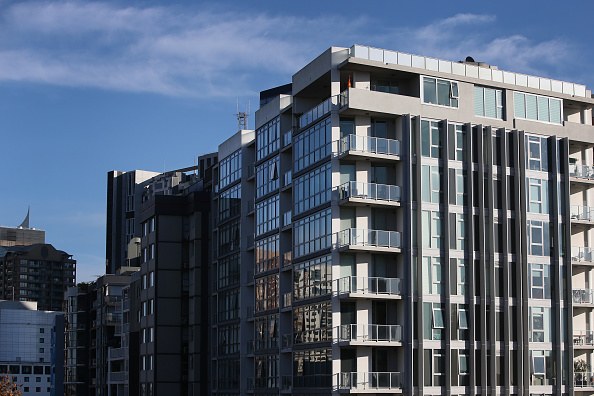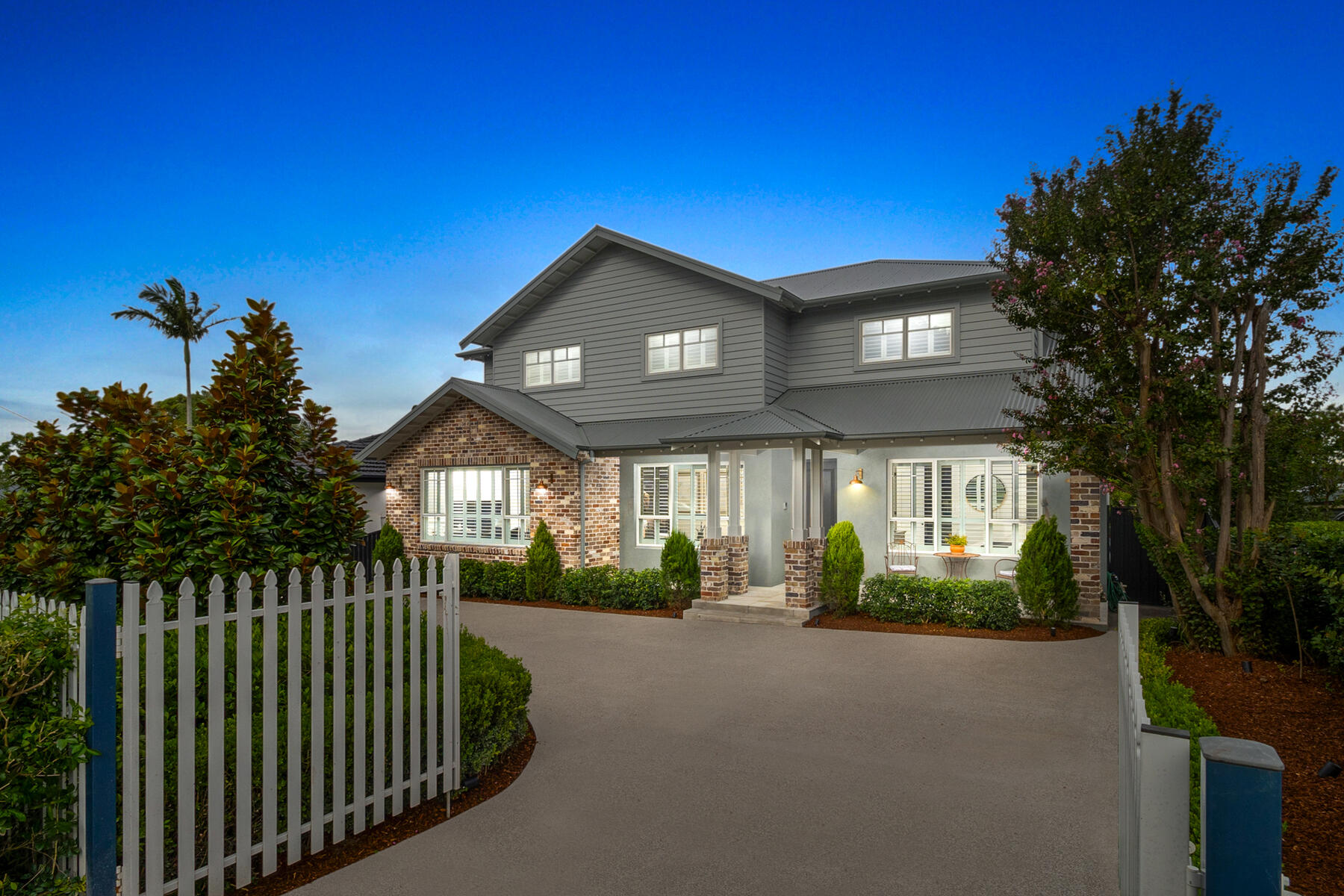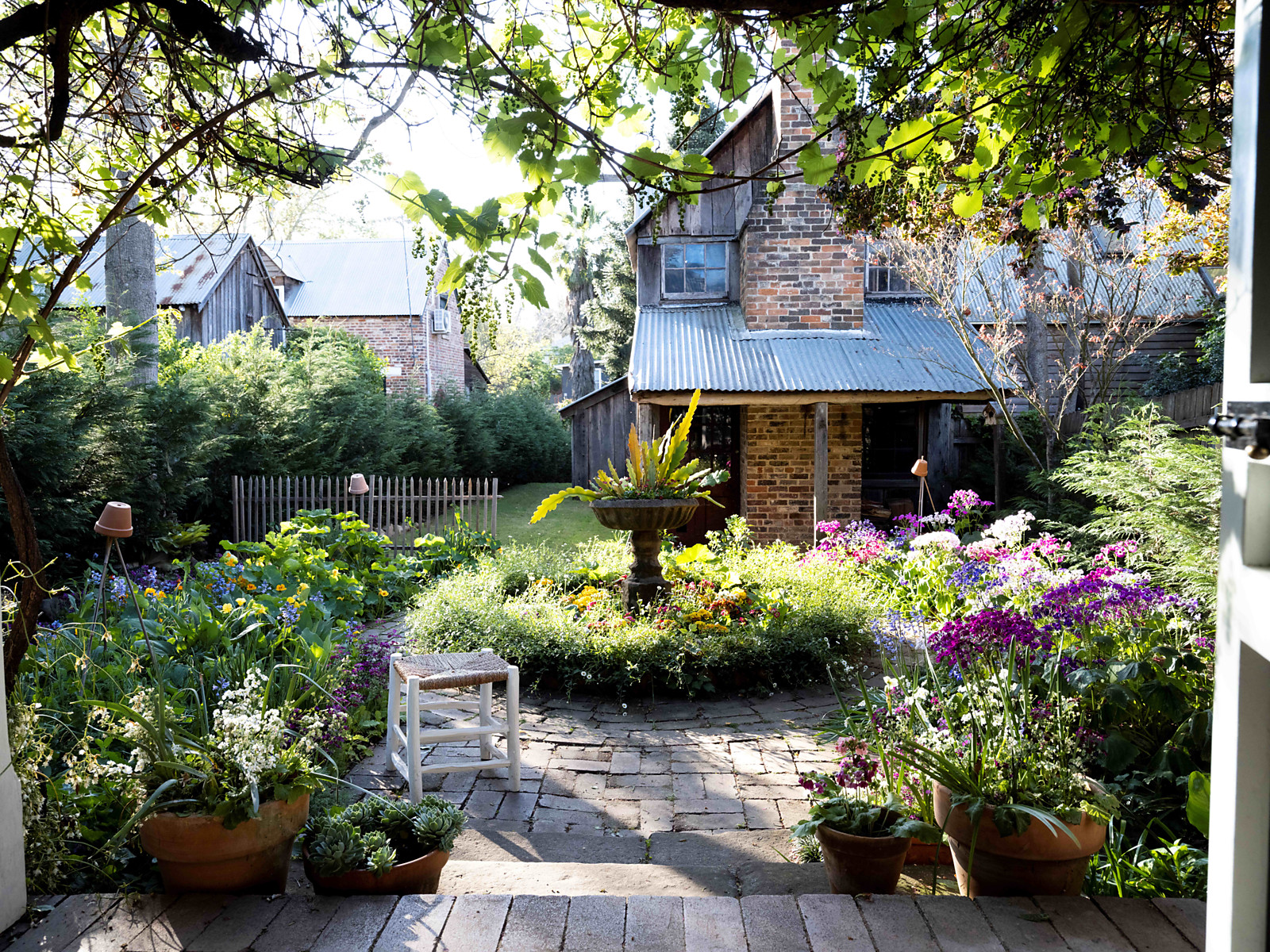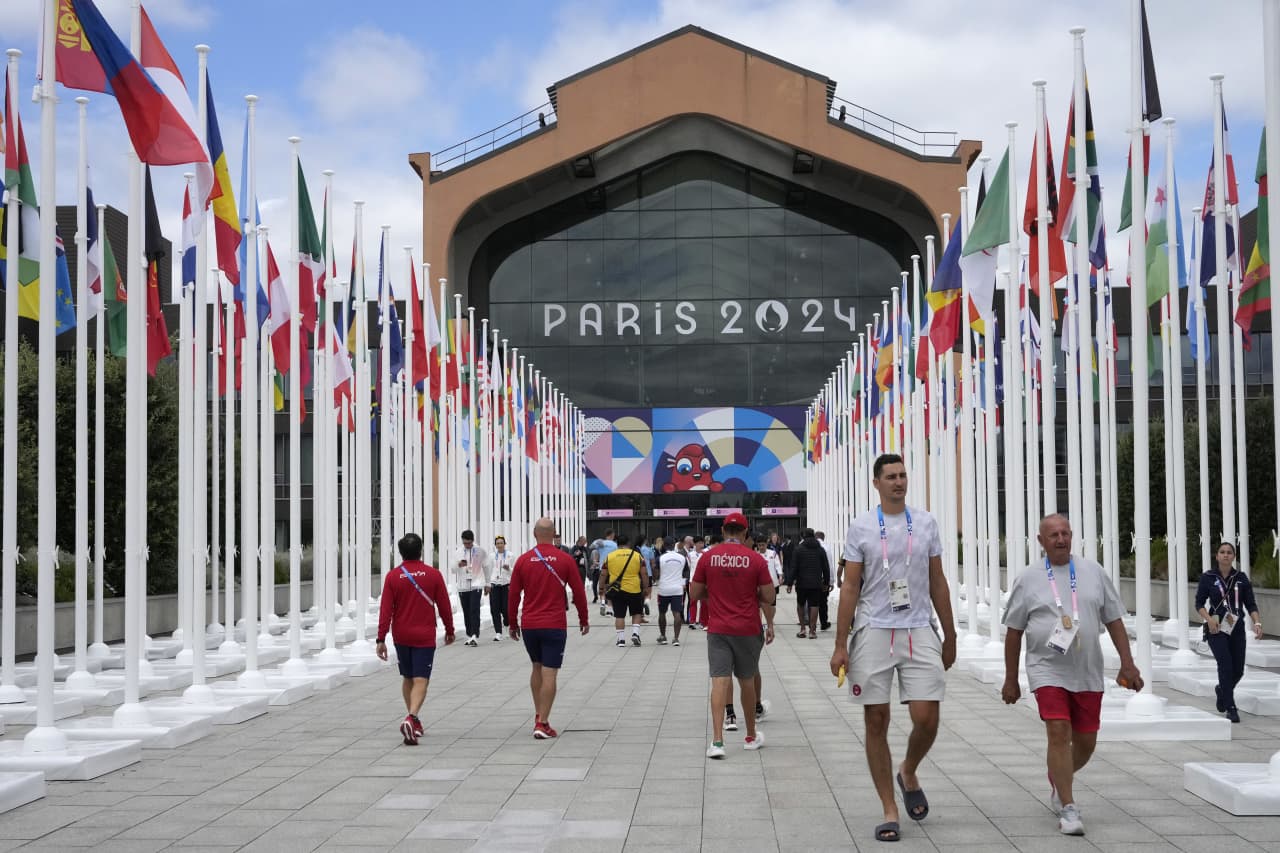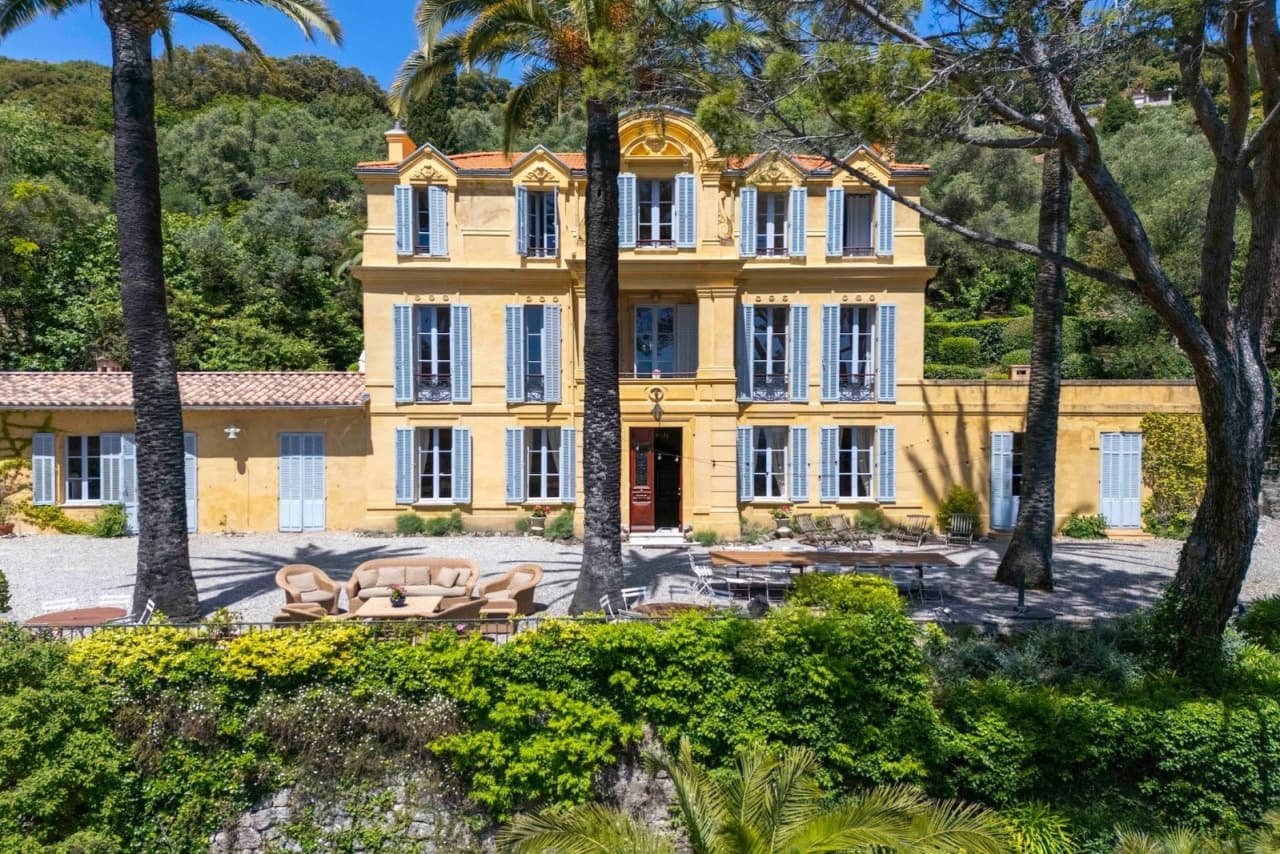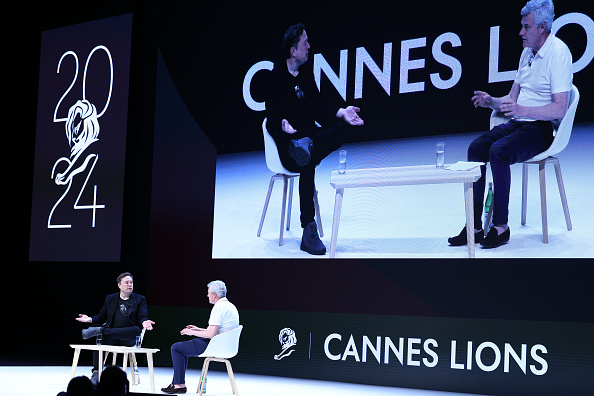Property Council of Australia backs built-to-rent model to tackle housing crisis
Build-to-rent apartments could be the ‘silver bullet’ the Australian housing market needs, chief executive says
Build-to-rent housing could deliver 150,000 new homes over a 10-year period, a new study released by the Property Council of Australia has revealed.
The report, commissioned by the Property Council and conducted by Ernst & Young over a five-month period to April 4 this year, showed that built-to-rent housing in Australia is now worth $16.8 billion but had the potential to become a $290 billion sector with the creation of 350,000 new apartments.
However, the report said a ‘viable’ market in Australia would likely require capital investment from foreign investors.
“The Government is to be commended for taking an interest in the Build to Rent sector, through the National Housing Accord and beyond,” the report said. “However, despite the numerous pilot projects, a viable market that is liquid enough to meet demand is still not realistic in Australia.
“In order to create a viable market, capital investment is required which is likely originated from overseas foreign investors in the short to medium-term. As such, Australia needs to remove barriers to entry to allow the flow of foreign capital and the creation of a liquid and viable investment proposition.”
Among the report’s recommendations are offering incentives to local and international investors through tax breaks, allowing a 15 percent managed investment trust withholding tax rate for foreign investors and addressing the regulatory barriers for domestic Superfund investors.
Property Council of Australia chief executive Mike Zorbas said the build-to-rent was a key tool to addressing Australia’s housing crisis in the coming years.
“With a 79,300-home deficit to 2033, Australia needs better planning, more land supply, proper housing targets and a national strategy on build-to-rent and purpose-built student accommodation,” Mr Zorbas said.
“The potential to create 150,000 homes over the next 10 years with just one asset class shows build-to-rent is about as close to a housing policy silver bullet as they come.
He said Australia faces a worsening housing affordability crisis with State Governments missing their housing targets and planning systems failing to keep up. Supporting a build-to-rent model would also ease housing affordability pressures, Mr Zorba said.
“More supply means downward pressure on the cost of renting and buying, and people who live in build-to-rent housing will enjoy the benefits of professionally managed properties, good locations, superior amenities and long-term security of tenure,” he said.
A relatively new model of housing in Australia, the NSW Department of Planning describes built to rent as “large-scale, purpose-built rental housing that is held in single ownership and professionally managed”. It’s a popular, long established model of housing in Europe where it made up one fifth of commercial housing in 2020, according to Canstar.
The Ernst & Young report said the Australian model should target Millennials and Generation Z, with a focus on young single and couple households.
This stylish family home combines a classic palette and finishes with a flexible floorplan
Just 55 minutes from Sydney, make this your creative getaway located in the majestic Hawkesbury region.
As Paris makes its final preparations for the Olympic games, its residents are busy with their own—packing their suitcases, confirming their reservations, and getting out of town.
Worried about the hordes of crowds and overall chaos the Olympics could bring, Parisians are fleeing the city in droves and inundating resort cities around the country. Hotels and holiday rentals in some of France’s most popular vacation destinations—from the French Riviera in the south to the beaches of Normandy in the north—say they are expecting massive crowds this year in advance of the Olympics. The games will run from July 26-Aug. 1.
“It’s already a major holiday season for us, and beyond that, we have the Olympics,” says Stéphane Personeni, general manager of the Lily of the Valley hotel in Saint Tropez. “People began booking early this year.”
Personeni’s hotel typically has no issues filling its rooms each summer—by May of each year, the luxury hotel typically finds itself completely booked out for the months of July and August. But this year, the 53-room hotel began filling up for summer reservations in February.
“We told our regular guests that everything—hotels, apartments, villas—are going to be hard to find this summer,” Personeni says. His neighbours around Saint Tropez say they’re similarly booked up.
As of March, the online marketplace Gens de Confiance (“Trusted People”), saw a 50% increase in reservations from Parisians seeking vacation rentals outside the capital during the Olympics.
Already, August is a popular vacation time for the French. With a minimum of five weeks of vacation mandated by law, many decide to take the entire month off, renting out villas in beachside destinations for longer periods.
But beyond the typical August travel, the Olympics are having a real impact, says Bertille Marchal, a spokesperson for Gens de Confiance.
“We’ve seen nearly three times more reservations for the dates of the Olympics than the following two weeks,” Marchal says. “The increase is definitely linked to the Olympic Games.”

Getty Images
According to the site, the most sought-out vacation destinations are Morbihan and Loire-Atlantique, a seaside region in the northwest; le Var, a coastal area within the southeast of France along the Côte d’Azur; and the island of Corsica in the Mediterranean.
Meanwhile, the Olympics haven’t necessarily been a boon to foreign tourism in the country. Many tourists who might have otherwise come to France are avoiding it this year in favour of other European capitals. In Paris, demand for stays at high-end hotels has collapsed, with bookings down 50% in July compared to last year, according to UMIH Prestige, which represents hotels charging at least €800 ($865) a night for rooms.
Earlier this year, high-end restaurants and concierges said the Olympics might even be an opportunity to score a hard-get-seat at the city’s fine dining.
In the Occitanie region in southwest France, the overall number of reservations this summer hasn’t changed much from last year, says Vincent Gare, president of the regional tourism committee there.
“But looking further at the numbers, we do see an increase in the clientele coming from the Paris region,” Gare told Le Figaro, noting that the increase in reservations has fallen directly on the dates of the Olympic games.
Michel Barré, a retiree living in Paris’s Le Marais neighbourhood, is one of those opting for the beach rather than the opening ceremony. In January, he booked a stay in Normandy for two weeks.
“Even though it’s a major European capital, Paris is still a small city—it’s a massive effort to host all of these events,” Barré says. “The Olympics are going to be a mess.”
More than anything, he just wants some calm after an event-filled summer in Paris, which just before the Olympics experienced the drama of a snap election called by Macron.
“It’s been a hectic summer here,” he says.

AFP via Getty Images
Parisians—Barré included—feel that the city, by over-catering to its tourists, is driving out many residents.
Parts of the Seine—usually one of the most popular summertime hangout spots —have been closed off for weeks as the city installs bleachers and Olympics signage. In certain neighbourhoods, residents will need to scan a QR code with police to access their own apartments. And from the Olympics to Sept. 8, Paris is nearly doubling the price of transit tickets from €2.15 to €4 per ride.
The city’s clear willingness to capitalise on its tourists has motivated some residents to do the same. In March, the number of active Airbnb listings in Paris reached an all-time high as hosts rushed to list their apartments. Listings grew 40% from the same time last year, according to the company.
With their regular clients taking off, Parisian restaurants and merchants are complaining that business is down.
“Are there any Parisians left in Paris?” Alaine Fontaine, president of the restaurant industry association, told the radio station Franceinfo on Sunday. “For the last three weeks, there haven’t been any here.”
Still, for all the talk of those leaving, there are plenty who have decided to stick around.
Jay Swanson, an American expat and YouTuber, can’t imagine leaving during the Olympics—he secured his tickets to see ping pong and volleyball last year. He’s also less concerned about the crowds and road closures than others, having just put together a series of videos explaining how to navigate Paris during the games.
“It’s been 100 years since the Games came to Paris; when else will we get a chance to host the world like this?” Swanson says. “So many Parisians are leaving and tourism is down, so not only will it be quiet but the only people left will be here for a party.”
This stylish family home combines a classic palette and finishes with a flexible floorplan
Just 55 minutes from Sydney, make this your creative getaway located in the majestic Hawkesbury region.









